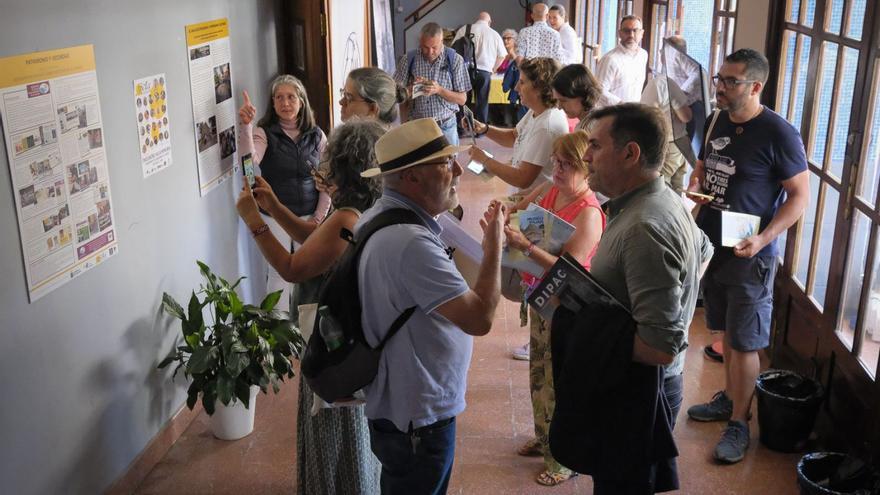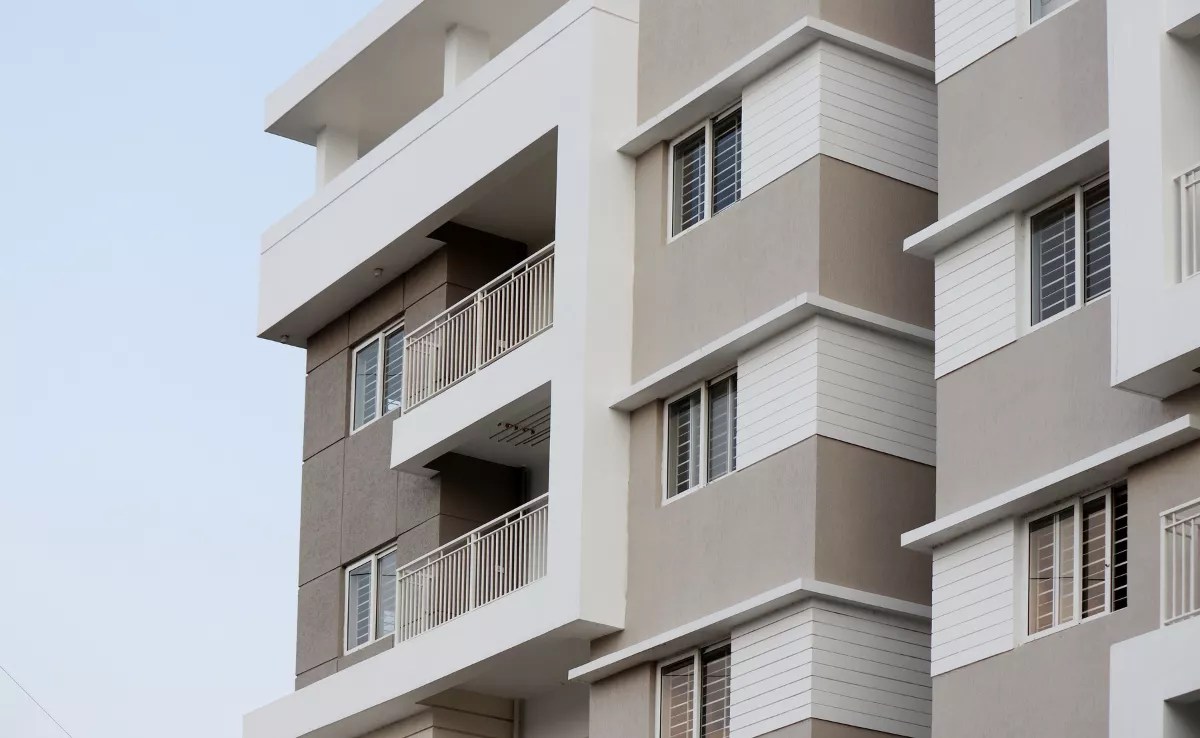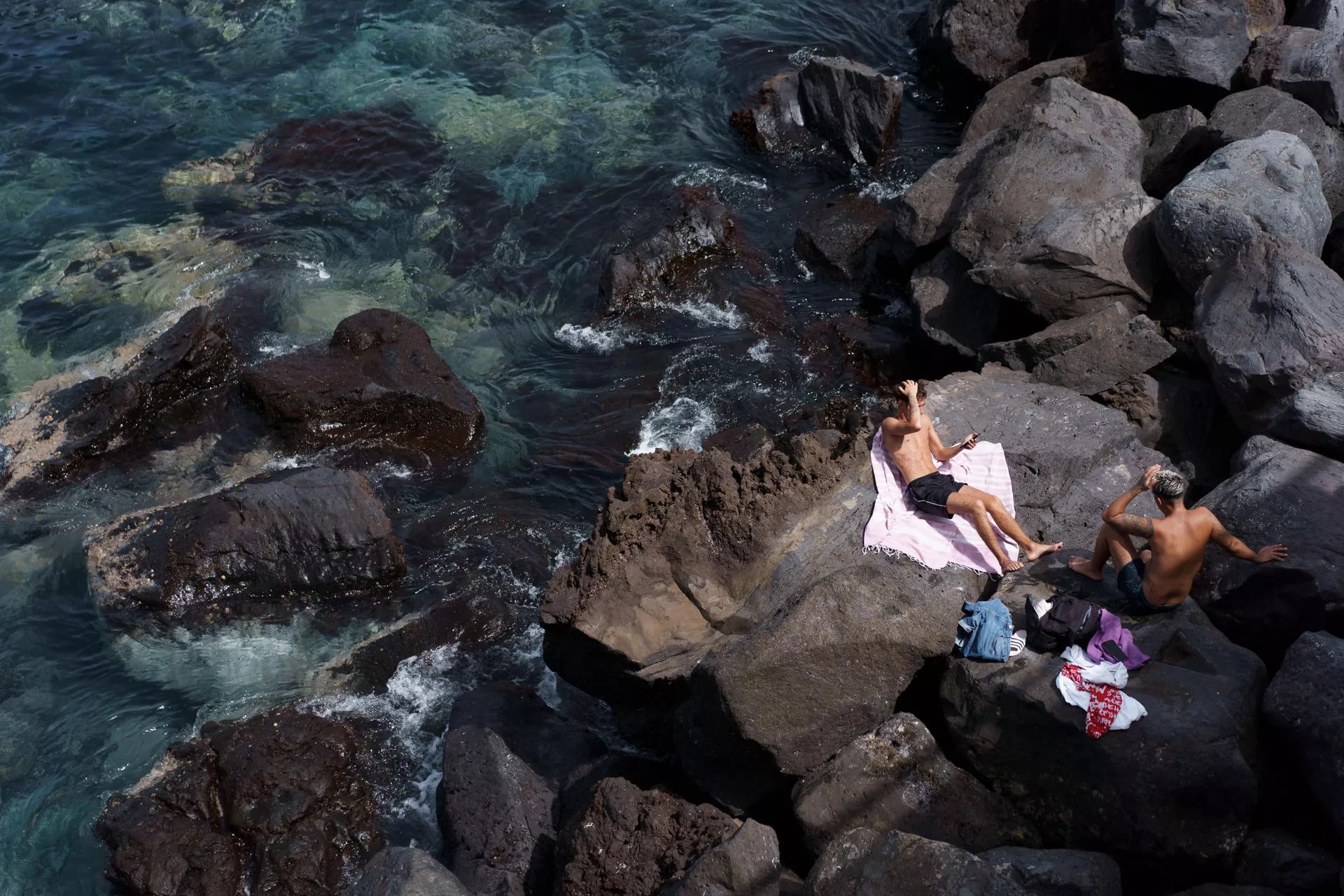
Living museums promoted by the Canary Community Project Foundation in La Aldea are carving out a space within the rich cultural heritage of Canary Islands. “We wish we had clones of this project on the rest of the islands,” stressed Eduardo Mesa, coordinator of the Heritage Teaching Program by the Government of the Canary Islands, during the XXX ‘Heritage and Schools’ Conference being held in the municipality of Gran Canaria.
These conferences, which continue this weekend, are reinforcing the villagers’ efforts to preserve the experiences and belongings of their past generations.
The General Director of Culture and Cultural Heritage of the Canarian Government, Miguel Ángel Clavijo, emphasized the need to be critical of the past, “not remaining in nostalgia,” during his speech.
Furthermore, Eduardo Mesa stressed the importance of knowledge transfer while presenting the second volume of a magazine on spreading the cultural heritage of the Canary Islands (Dipac), where the Foundation’s project ‘La Aldea: Cultivating Life’ takes centre stage.
Among the topics covered in the edition by 21 professionals are the consolidation and protection project of the Gordejuela water lift in Tenerife; archaeology work at La Fortaleza de in Santa Lucía; at the sugar mill of Los Picachos in ingenio in Telde; and an intervention at the Church of San Francisco in La Orotova, Tenerife, among other projects collaborated on by the Cultural Heritage area of the Canary Islands Government.
During the conference, a representative from the educational community also presented the project of the ethnographic environment Museo Pajar, supervised by the Manuel de Falla school (CEO) in La Orotava, Tenerife, where these types of family homes of peasants are showcased. Surrounding the area are constructions and elements typical of traditional culture, such as a threshing floor and tools with various mills, recreating a popular image of the island’s past to serve as a learning experience for students.
One of the highlights of the conference is the presence of the retired professor from the Faculty of Humanities at Ibn Zohr University-Agadir (Morocco), Ahmed Sabir, who highlights the striking parallels between the village carnival ram festival and that in the south of his country.
















